Kubah National Park
If you’re basing yourself in Kuching and craving lush rainforest, cool streams, and the soothing soundtrack of nature, Kubah National Park is the perfect escape. It’s close enough for an easy day trip yet wild enough to feel properly adventurous.
Think towering trees, palm-lined paths, and night walks filled with frog calls. Here’s your relaxed, Easy guide to exploring the best of the park.
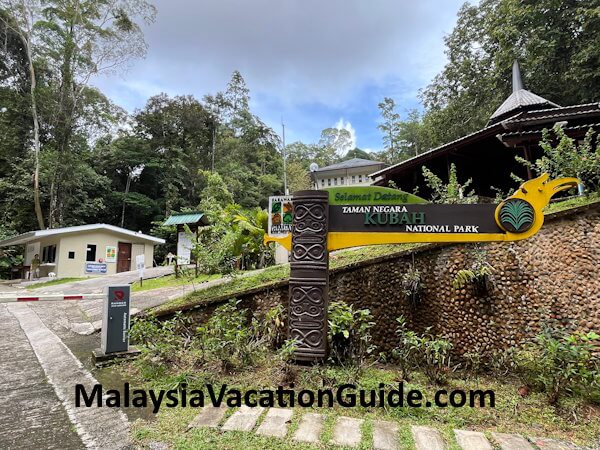 Entrance Headquarter
Entrance HeadquarterKubah National Park sits in the Matang range, roughly a 40–50 minute drive from central Kuching. The park is famed for its pristine lowland rainforest, clear creeks, and one of Borneo’s richest concentrations of palms. Add in photogenic waterfalls, a steady network of trails, and you’ve got a nature lover’s dream.
You can visit year-round, but expect humid conditions and frequent showers—this is rainforest, after all. Mornings are typically drier and cooler; afternoons often bring rain. If you’re aiming for views from higher points, go early before clouds roll in. Weekdays feel wonderfully quiet; weekends are livelier with local families.
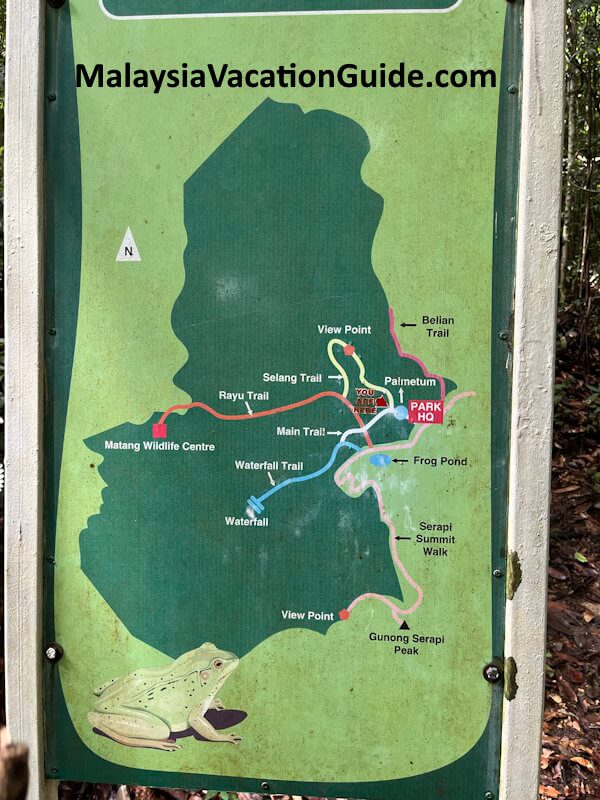 Park Simplified Map
Park Simplified Map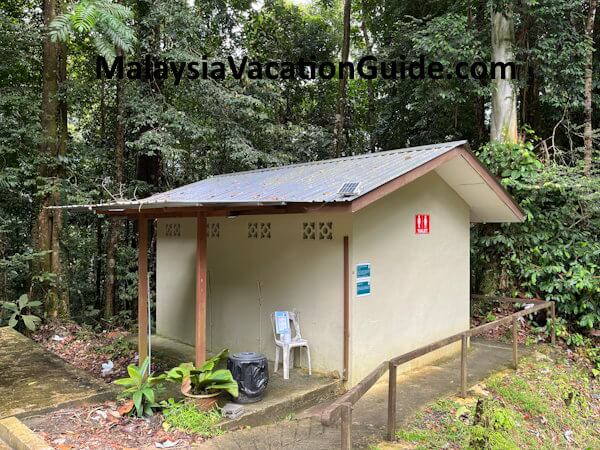 Restrooms Facilities
Restrooms FacilitiesGetting there is easy by car, taxi, or ride-hailing from Kuching. If you’re planning a night walk, pre-arrange your return—rides can be limited after dark. Many visitors opt for a guided tour that includes transport, entry, and a plan tailored to the park’s trails and weather.
On arrival, check in at the park HQ to register, get updates on trail conditions, and pick up a simple map. Basic facilities sit near HQ, and there are park chalets/forest lodges that can be booked in advance if you want to linger longer. Guided walks are highly recommended, especially for night outings and longer treks.
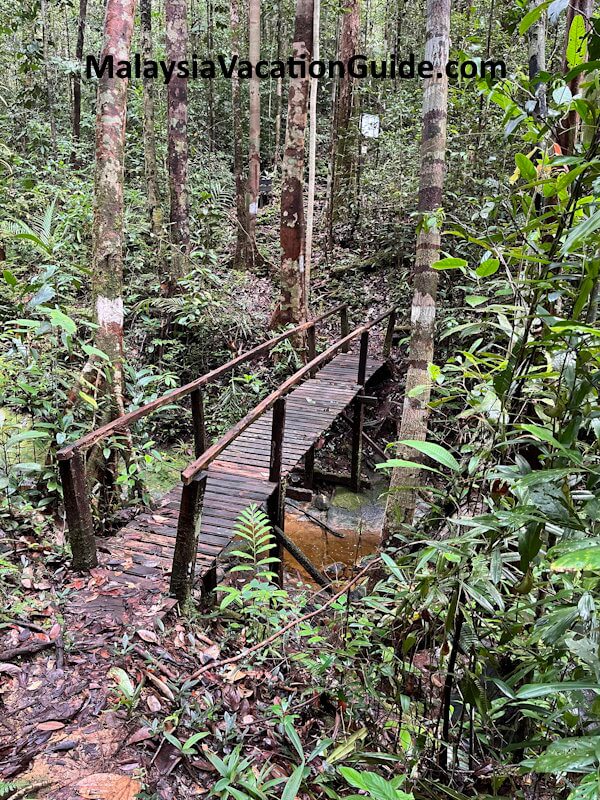 Bridge
Bridge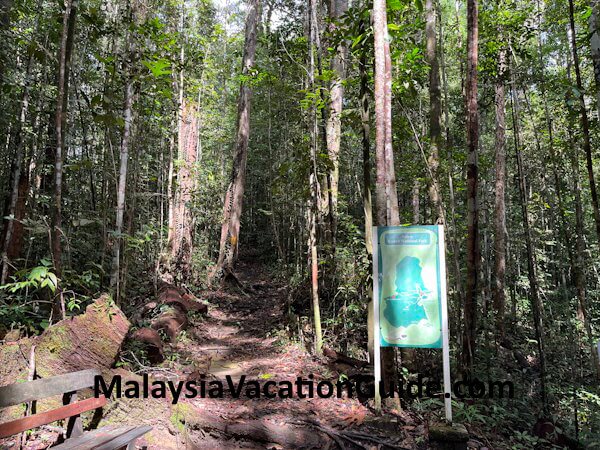 Kubah National Park Trail
Kubah National Park TrailKubah National Park Trails
The trails network caters to every mood: short interpretive loops, waterfall walks, a steep summit road, and a long jungle traverse to Matang Wildlife Centre. Paths are generally well marked but can be muddy and slippery after rain. Always confirm current accessibility at HQ—sections can be closed for maintenance or safety.
- Waterfall Trail: A park favorite and a fantastic introduction to Kubah’s rainforest. It undulates through dense greenery, crossing small streams and boardwalks before reaching a beautiful cascade with rock pools. Allow 2–3 hours return at a relaxed pace. Do mind footing on wet rocks, and avoid swimming after heavy rain when currents run strong.
- Gunung Serapi (Summit Road/Trail): This is a steep, paved ascent through changing forest zones to a communications station near the top. Fit hikers can reach the summit area in around 2.5–3.5 hours; the descent is faster but tough on the knees. On clear days you may catch sweeping views toward Kuching and the coast—clouds can hide them, so start early.
- Palmetum Loop: An easy, family-friendly walk highlighting the park’s remarkable palms—one of Kubah National Park’s calling cards. Expect fan palms, slender rattans, and elegant understory species, plus interpretive signage that makes the botany fun. It’s short, shaded, and great for photography after rain when the greens glow.
- Rayu/Ulu Rayu Trail: A full-day adventure linking Kubah HQ with Matang Wildlife Centre. It’s a longer, more remote trek through true jungle, with stream crossings and occasional treefalls to navigate. Logistics matter: arrange a pick-up at the far end or hike it as an out-and-back segment. Bring extra water, food, and a guide if you’re new to Bornean trekking.
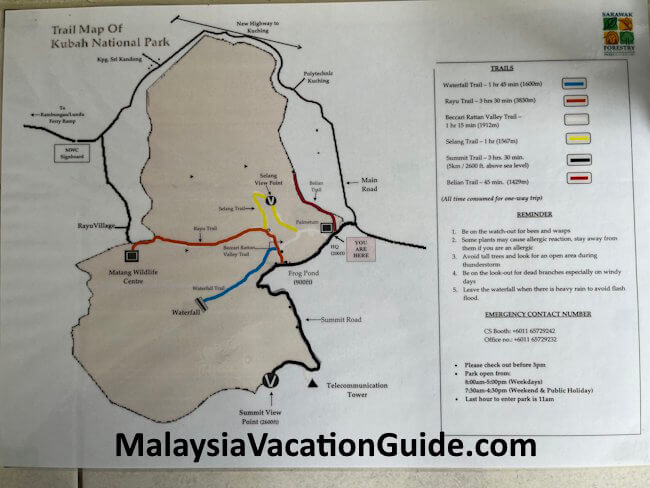 Kubah National Park Map
Kubah National Park MapNight walk and frog magic: As dusk falls, head to the park’s frog hotspots near HQ, where shallow pools and dripping rock faces come alive with calls. You might spot tiny glassy-eyed tree frogs, stream frogs camouflaged on boulders, and the occasional showy species perched on leaves. A guide with a keen ear makes all the difference. Bring a red-filter headlamp, move slowly, and watch where you step.
Wildlife highlights: By day, listen for hornbills whooshing overhead, kingfishers near the streams, and broadbills and babblers flitting through the understory. Macro life shines too—colorful insects, dazzling butterflies, and camouflaged stick insects on trail rails. Larger mammals stay shy, but you might encounter squirrels or hear civets at night.
Flora to admire: Kubah’s forest is classic Bornean lowland rainforest, with towering dipterocarps, buttress roots, and lianas looping between trunks. The understory brims with gingers, ferns, orchids, and an extraordinary diversity of palms that thrive in the park’s sandstone soils and clean water. After rain, the forest releases that rich, earthy scent that hikers adore.
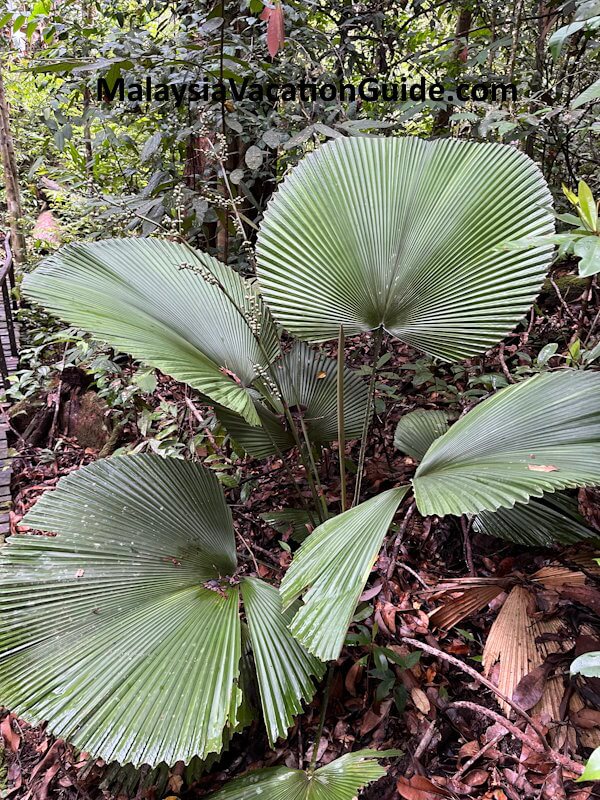 Palm
PalmSafety first: Tropical trails can be slippery—wear grippy footwear and take trekking poles if you like extra stability. Stay on marked trails and keep an eye on weather; storms can sweep in quickly, and streams rise fast. Leeches are common after rain; leech socks and repellent help. Don’t touch wildlife, and avoid dangling hands or feet in pools where visibility is poor.
What to pack: Lightweight hiking shoes with good tread, 1.5–2 liters of water per person, snacks, and a compact rain jacket. Add a hat, sunscreen, insect repellent, personal meds, and a small first-aid kit. For night walks, bring a headlamp with spare batteries (preferably with a red filter), a dry bag for electronics, and leech socks if you’re squeamish.
Travel gently: Take only photos, leave only footprints. Keep noise down—your chances of seeing birds and amphibians improve when you move quietly. Hire local guides when you can; you’ll learn more and support conservation livelihoods. Pack out all trash, and never feed wildlife.
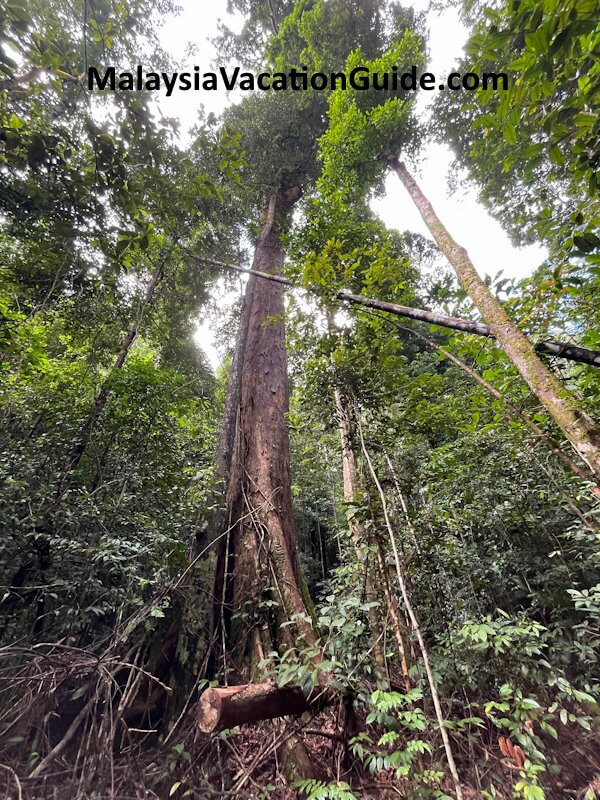 Towering Trees
Towering TreesEasy itineraries:
- Half-day taster: Palmetum Loop + Waterfall Trail, picnic by the cascade, back before afternoon showers.
- Full day: Summit Road in the cool morning, lunch at HQ, Waterfall Trail or Palmetum in the afternoon, early dinner, then a guided night frog walk.
- Overnight: Stay in a park chalet, do the Rayu/Ulu Rayu Trail the next day with pick-up at Matang Wildlife Centre.
Whether you choose a gentle stroll or a full-on trek, Kubah National Park delivers that classic Bornean rainforest feel without straying far from Kuching.
Come for the palms and waterfalls, stay for the chorus of frog calls and starry night skies. Lace up, take it slow, and let the forest set the pace—these trails are some of Sarawak’s most rewarding.
Entrance Fees and Contacts
Entrance Fees for Malaysians
RM10/adult, RM3 for children from 6 to 18 years old
Senior Citizen/Disabled Person: RM5
Entrance Fees for Foreigners
RM20/adult, RM7 for children from 6 to 18 years old
Senior Citizen/Disabled Person: RM10
For bookings of hut or camp site, contact:
Matang Wildlife Centre
Tel: 011-6572 9242 / 011-6572 9232
Terengganu | Perak | Malaysia Hotels | Airlines | Shopping
Pulau Perhentian | Beaches & Islands | Highlands | Theme Parks
Museums & History | Landmarks | Public Transports | Videos
Souvenir | Calendar 2025 | Tourism Centre | Cyberjaya | Golfing
Penang Food | KTM | Beruas Museum | Selangor | Templer's Park
Pulau Ketam | KLIA2 | Pulau Sibu | Advertise With Us





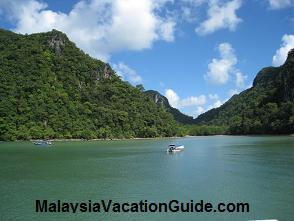

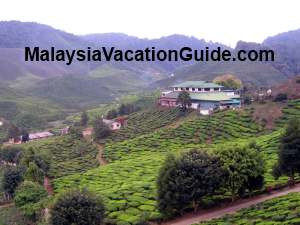
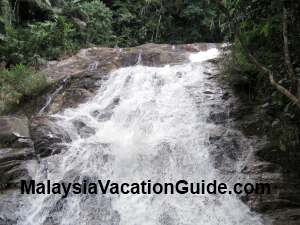
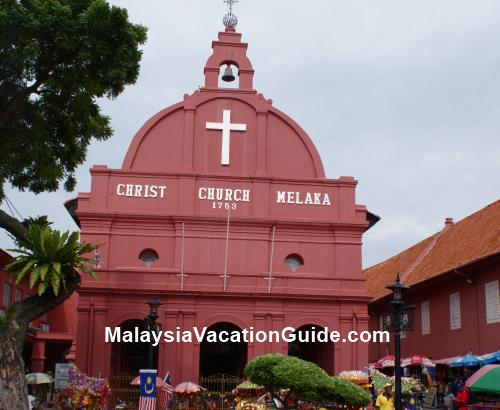
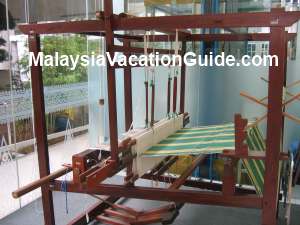
New! Comments
Have your say about what you just read! Leave us a comment in the box below.